#ringling bros. and barnum & bailey circus
Photo


1997 was the last year that Ringling Brothers had a graduating class for its’ “Clown College.”
The most well known member of the 1997 graduating class of Clown College was Steve-O, best known for the brave yet foolhardy stunt/prank series “Jackass.” Steve-O used the lessons he learned at Clown College to excel, a combination of physical comedy and stuntwork.
685 notes
·
View notes
Text

Ringling Bros and Barnum & Bailey Combined Circus - Prairie Bill And His Congress Of Rough Riders Of The World, 1933 poster
#1933#1930s#vintage#circus#ringling bros and barnum & bailey#painting#art#illustration#poster#circus poster
39 notes
·
View notes
Text
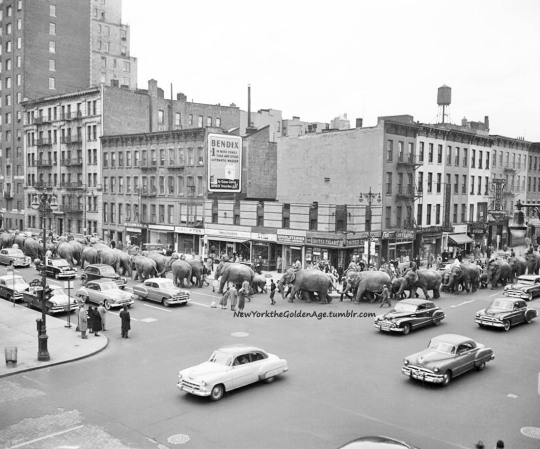
The long line of elephants swinging west on 57th Street from Second Avenue on March 27, 1955, could mean only one thing: the circus was in town. Despite freezing temperatures and winds with gusts over 50 miles an hour, hundreds of children lined the parade route from railroad yards at 135th Street and Lincoln Avenue in the South Bronx, down Second Avenue, across 57th Street and south to Madison Square Garden via Ninth Avenue. The Ringling Bros. and Barnum and Bailey circus opened with a benefit performance at the Garden on March 30.
Photo: Associated Press via Der Spiegel
#vintage New York#1950s#Ringling Bros. circus#circus#Ringling Bros. and Barnum & Bailey Circus#elephants#March 27#27 March#Mar. 27#elephant parade
75 notes
·
View notes
Photo
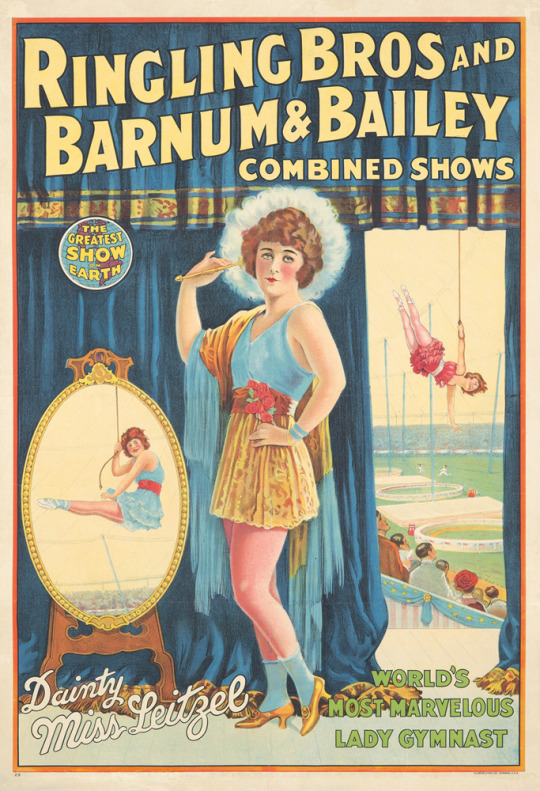
Affiche pour le cirque Ringling Bros and Barnum & Bailey avec en vedette Lillian Leitzel - 1929
#Et pendant ce temps-là#Cirque#Circus#Ringling Bros and Barnum & Bailey#Acrobate#Acrobat#Lillian Leitzel#Affiche#Poster#1929
7 notes
·
View notes
Text
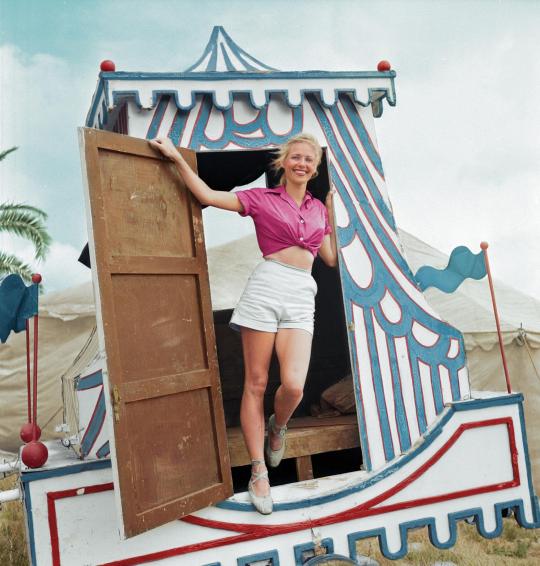
#A circus girl standing at a door of a circus vehicle during a rehearsal for the Ringling Bros. and Barnum & Bailey Circus in Sarasota in#ectheow3#oldschool
24 notes
·
View notes
Text
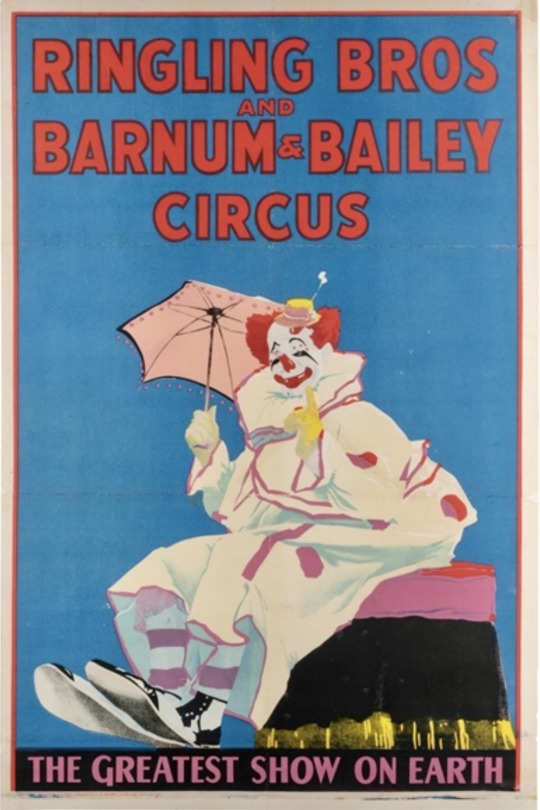
Circus Poster: Ringling Bros. and Barnum & Bailey Circus / The Greatest Show on Earth (1943). Poster depicting Felix Adler the clown
6 notes
·
View notes
Text


Gunther Gebel-Williams Farewell Tour shirt (1988)
Source
#gunther gebel williams#80s#circus#ringling bros#barnum and bailey#greatest show on earth#gunther gebel williams farewell tour
2 notes
·
View notes
Photo
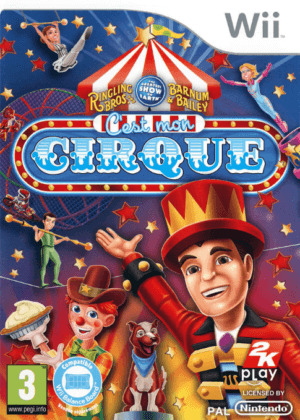
(via Ringling Bros. and Barnum & Bailey Circus)
3 notes
·
View notes
Photo



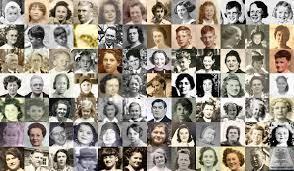
“the Hartford circus fire happened on July 6, 1944. Nobody knows how the fire started but it spread quickly because the tent of Ringling Brothers and Barnum & Bailey circus was waterproofed with paraffin. 169 people died and more than seven hundred were injured from fire or trampling.”
#hartford circus fire#1944#1940s#40s#disaster#fire#death#cw#tw#ringling bros.#barnum and bailey#circus
5 notes
·
View notes
Text
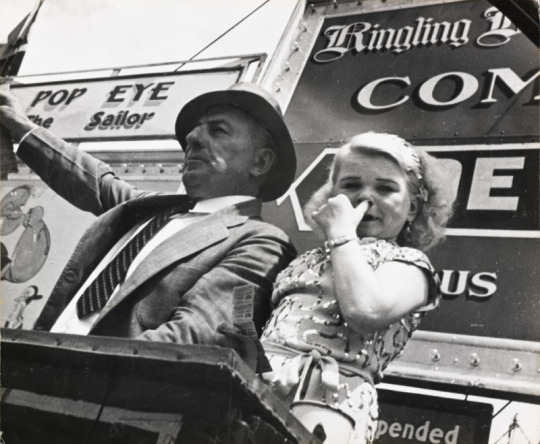
Circus Performer and Barker, Ringling Bros. and Barnum & Bailey Circus, Photo by Kenneth Heilbron, c. 1946
30 notes
·
View notes
Text
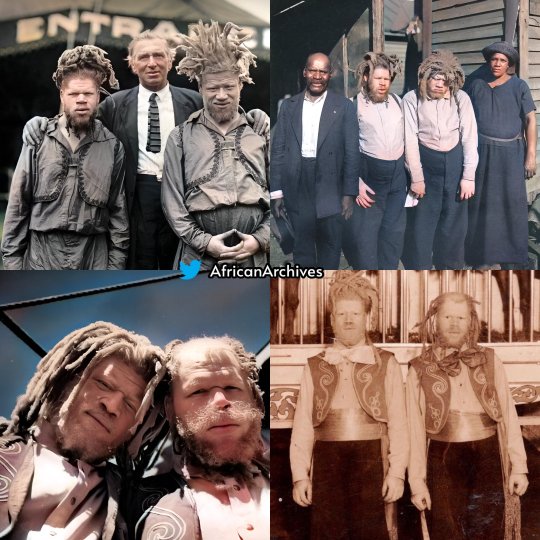
These are the Muse Brothers. Their biological names are George and Willie Muse. They were two albino brothers;
In 1899 they were kidnapped as boys in Truevine, Virginia by bounty hunters and were forced into the circus, labeled as “freak show” performers.
Their owners showcased the brothers in circuses where they were exploited for profit in so-called freak shows. The Muse Brothers became famous across the United States as “Eko and Iko”, the “White Ecuadorian Cannibals”, the “Sheep Headed Men”, the “Sheep Headed Cannibals”, the “Ministers from Dahomey” and “Ambassadors from Mars”.
George and Willie were forced to grow their hair into massive “dreadlocks“ which together with their white skin and bluish eyes were exhibited as rarities. They were also billed as “Darwin’s Missing Links” and “Nature’s Greatest Mistakes”.
The boys were not permitted to go to school, neither were they paid for their work. They were literally kept in slavery.
One of their owners had found that George and Willie harboured the ability to play any song on almost any instrument, from the xylophone to the saxophone and mandolin, and that made them even more famous and more valuable ‘assets’ to owners of travelling circuses. However, after all this time, their illiterate mother had not ceased looking for her boys.
In the fall of 1927, the brothers were on a tour with Ringling Bros. and Barnum & Bailey Circus to Roanoke, little did the boys know they were coming home from which they had disappeared nearly three decades back.
It came to their mother’s attention that the The Greatest Show On Earth was in town and she was determined to find them. It was a tough decision to confront the Ringling Brothers who were powerful multimillionaires who also had the attention of the heavyweight politicians and law enforcement agencies.
Their mother tracked them down and eventually found the boys working for the Ringling Brothers circus and surprised them while they were on stage and their family reunited, 28 years later since they had gone missing in the very same town. The poor and powerless black woman stood up to police and big shot circus owners and successfully took her sons home.
Source: Africian Archives
71 notes
·
View notes
Text
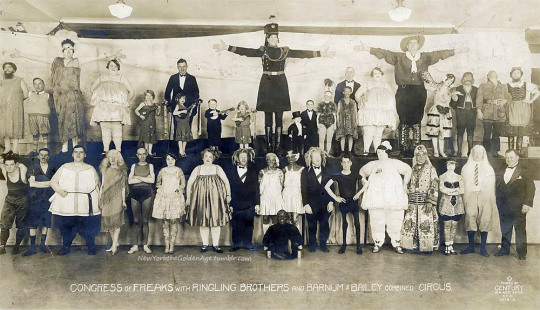
The Congress of Freaks of Ringling Brothers and Barnum & Bailey Circus, 1929. The sideshow performers include Eko and Iko, three giants, a snake charmer, a sword swallower (in mid-swallow) and over a dozen more.
Photo: Edward Kelty via LiveAuctioneers
#New York#NYC#vintage New York#1920s#Edward Kelty#Congress of Freaks#freaks#freakshow#circus#Ringling Bros. and Barnum & Bailey Circus#sideshow#Eko & Ilko#sword swallower#snake charmer
46 notes
·
View notes
Photo

Le cirque Ringling Bros. and Barnum & Bailey - Chicago - Etats-Unis - 04 août 1949
©Charles Weever Cushman
#Et pendant ce temps-là#Cirque#Circus#Ringling Bros. and Barnum & Bailey#Charles Weever Cushman#Chicago#Etats-Unis#USA#04/08/1949#08/1949#1949
8 notes
·
View notes
Text







Calder was born in 1898, the second child of artist parents—his father was a sculptor and his mother a painter. In his mid-twenties, he moved to New York City, where he studied at the Art Students League and worked at the National Police Gazette, illustrating sporting events and the Ringling Bros. and Barnum & Bailey Circus. Shortly after his move to Paris in 1926, Calder created his Cirque Calder (1926–31), a complex and unique body of art. It wasn’t long before his performances of the Cirque captured the attention of the Parisian avant-garde.
In 1931, a significant turning point in Calder’s artistic career occurred when he created his first kinetic nonobjective sculpture and gave form to an entirely new type of art. Some of the earliest of these objects moved by motors and were dubbed “mobiles” by Marcel Duchamp—in French, mobile refers to both “motion” and “motive.” Calder soon abandoned the mechanical aspects of these works and developed suspended mobiles that would undulate on their own with the air's currents. In response to Duchamp, Jean Arp named Calder's stationary objects “stabiles” as a means of differentiating them.
Calder returned to live in the United States with his wife, Louisa, in 1933, purchasing a dilapidated farmhouse in the rural town of Roxbury, Connecticut. It was there that he made his first sculptures for the outdoors, installing large-scale standing mobiles among the rolling hills of his property. In 1943, James Johnson Sweeney and Duchamp organized a major retrospective exhibition at the Museum of Modern Art, New York, which catapulted Calder to the forefront of the New York art world and cemented his status as one of the premier American contemporary artists.
In 1953, Calder and Louisa moved back to France, ultimately settling in the small town of Saché in the Indre-et-Loire. Calder shifted his focus to large-scale commissioned works, which would dominate his practice in the last decades of his life. These included such works as Spirale (1958) for the UNESCO headquarters in Paris and Flamingo (1973) for Chicago’s Federal Center Plaza. Calder died at the age of seventy-eight in 1976, a few weeks after his major retrospective, Calder’s Universe, opened at the Whitney Museum of American Art, New York.
(Pace Gallery)
52 notes
·
View notes
Photo
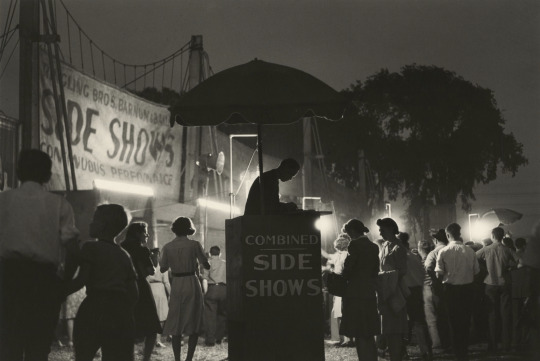
Harold Roth Ringling Bros and Barnum & Bailey Circus Side Show, Albany, New York 1941
63 notes
·
View notes
Text

Gunther Gebel-Williams (1972)
Photography by Dick Loek
Source
#gunther gebel williams#70s#circus#dick loek#vintage#ringling bros#greatest show on earth#barnum and bailey
3 notes
·
View notes